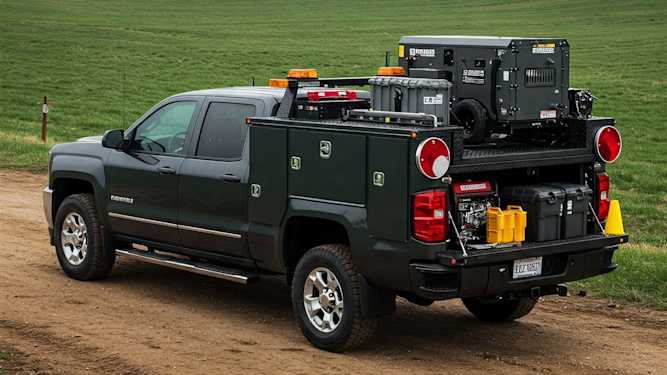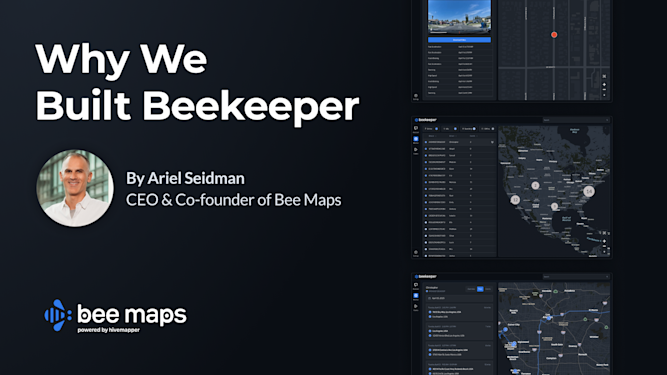The Latest Buzz
What is Sensor Fusion?

Sensor fusion is a technology that combines data from multiple sensors to create a more accurate and comprehensive understanding of an environment. It plays a crucial role in various fields, including autonomous vehicles, robotics, and navigation systems, where precise and reliable data is essential for making informed decisions. By integrating information from different types of sensors, sensor fusion enhances the accuracy, reliability, and robustness of systems, enabling them to perform complex tasks in real-time. This article will explore what sensor fusion is, how it works, and its key applications.
Understanding Sensor Fusion
Sensor fusion involves merging data from different types of sensors to produce a single, unified representation of an environment or object. Each sensor provides unique data that may have its own strengths and weaknesses. For example, a camera can provide detailed visual information, but it may struggle in low-light conditions. On the other hand, a radar can detect objects in the dark or through fog, but it may not offer as much detail as a camera. By combining data from both, sensor fusion creates a more reliable understanding of the surroundings.
The goal of sensor fusion is to make use of the complementary strengths of different sensors while minimizing their individual limitations. This leads to improved accuracy and a better ability to interpret the environment, which is especially important in dynamic situations like autonomous driving or robotics.
How Does Sensor Fusion Work?
Sensor fusion typically involves three key steps:
- Data Collection The process begins with collecting data from multiple sensors. For autonomous vehicles, this could include cameras, LiDAR, radar, ultrasonic sensors, and GPS. Each sensor captures specific types of information, such as distance, speed, object recognition, or precise positioning.
- Data Integration After data is collected, it is integrated into a cohesive dataset. This process often involves using algorithms like Kalman filters, Bayesian networks, or neural networks to combine the information. The aim is to align data from each sensor so that it represents the same frame of reference, accounting for differences like time delays or sensor orientation.
- Data Interpretation Once the data is integrated, the system interprets the combined information to create a more complete picture of the environment. For instance, in autonomous vehicles, sensor fusion allows the system to accurately detect the position and speed of nearby cars, identify lane markings, and understand road signs, all while accounting for environmental conditions like rain or fog.
Key Applications of Sensor Fusion
- Autonomous Vehicles Sensor fusion is fundamental to autonomous driving. Self-driving cars use multiple sensors to navigate safely, detect obstacles, and make real-time driving decisions. By combining data from LiDAR, radar, and cameras, sensor fusion allows vehicles to accurately identify objects like other cars, pedestrians, and road features, ensuring safe and reliable navigation.
- Robotics In robotics, sensor fusion enables robots to understand their surroundings and interact with objects more effectively. This is particularly important in industrial robots that operate in dynamic environments, such as manufacturing or warehouse settings. Sensor fusion helps robots recognize objects, estimate distances, and avoid collisions.
- Augmented Reality (AR) and Virtual Reality (VR) Sensor fusion is also used in AR and VR systems to provide a seamless and immersive experience. By combining data from motion sensors, gyroscopes, and cameras, AR/VR systems can track a user's movements in real-time and adjust the virtual environment accordingly. This allows for smooth and responsive interactions in virtual worlds.
- Drones and Unmanned Aerial Vehicles (UAVs) Drones use sensor fusion to stabilize flight, avoid obstacles, and maintain precise positioning during navigation. By combining GPS data with data from gyroscopes, accelerometers, and cameras, drones can fly accurately even in challenging conditions like strong winds or dense environments.
Advantages of Sensor Fusion
- Increased AccuracySensor fusion improves accuracy by combining data from different sensors, reducing the likelihood of errors. This is particularly important in critical applications like autonomous driving, where precise object detection can mean the difference between safety and accidents.
- Enhanced ReliabilityBy integrating multiple data sources, sensor fusion can compensate for individual sensor failures or inaccuracies. For example, if a camera is temporarily blocked, data from radar or LiDAR can help maintain situational awareness.
- Real-Time Decision-MakingSensor fusion allows systems to process and interpret data quickly, enabling real-time decision-making. This is crucial for applications like autonomous vehicles and drones, where rapid responses are needed to navigate safely.
Challenges in Sensor Fusion
- Data AlignmentIntegrating data from different sensors can be challenging due to differences in timing, resolution, and data formats. Synchronizing this information requires advanced algorithms and precise calibration.
- Computational ComplexityProcessing data from multiple sensors requires significant computational power, especially in real-time applications. Systems must balance the need for accurate data with the computational resources available.
- Cost of ImplementationThe use of multiple sensors and advanced processing capabilities can make sensor fusion systems expensive to develop and implement. This can be a barrier for some applications, especially those that require cost-effective solutions.
Share Post


